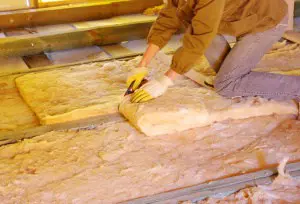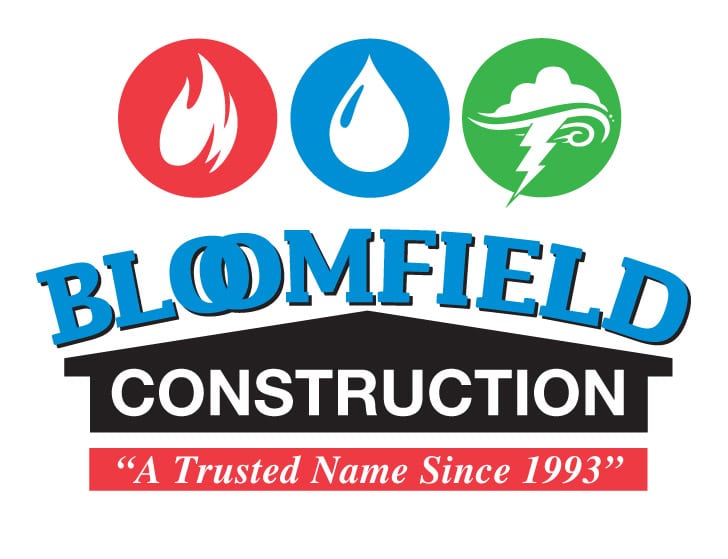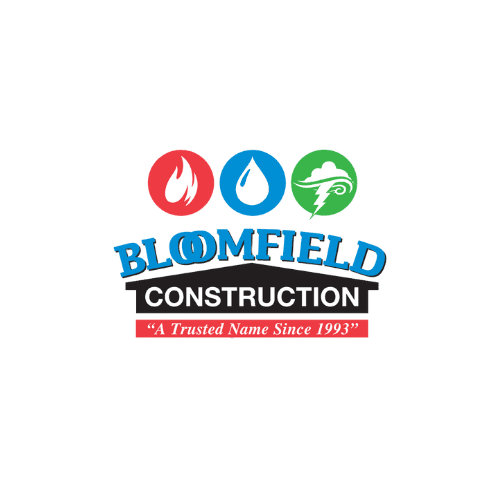Middle of winter
Make a plan. What would you like to accomplish in your home this year—Exterior renovations or Interior renovations? Minor renovations? Make that list first and determine which projects add to the long-term value of your home.
Then, inspect your budget to see what you can comfortably allocate to home improvement this year. Inspect the forgotten areas of your home, such as the attic, crawl spaces and areas of the basement. There’s no better time to feel for a draft than when it’s frigid air flowing in.
Start small. Some projects may take a matter of minutes—work on those first. These small tasks may end up leading to additional projects you’d rather do instead, or eliminate the need you thought you had for other projects.
 End of winter
End of winter
Add additional insulation. If you didn’t do this before winter started, you may be paying more for heat than you need to be, and could also be putting your home at risk of ice dams and the damages associated with them. But, adding it now can help reduce your air conditioning bills in the upcoming summer.
When adding additional insulation, note any problems with the pre-existing insulation. Any mold, dampness or discoloration is an indication of moisture entering the attic, which could cause crucial damage to the foundation of your home. If mold exceeds 10 square feet of the insulation, contact a professional home improvement contractor to inspect the attic before you attempt the project on your own.
 Spring
Spring
Inspect your roof, gutters and siding. You think winter feels long and grueling—how do you think your roof, gutters and siding feel? The cold temperatures along with the freezing and melting water leave these areas very vulnerable. As mentioned previously, ice dams—masses of ice that inhabit proper draining of melting snow off the roof—can cause severe damage to the exterior and interior of your home if they weren’t properly removed.
The winter conditions could have loosened or removed shingles, siding or gutters. These areas should be noted and attended to before moisture makes its way to the interior of the house through these damaged spots. Even though roofs are intended to last for years, if these maintenance steps aren’t followed, it may not make it as long as you hope.
Summer
Enhance your kitchen and bathroom. Most realtors say the most important rooms in the house to maintain are the bathrooms and kitchen. While complete renovations of these rooms can be pricey, there are many smaller, cheaper fixes you can do if a full makeover isn’t in your budget this year.
For the bathroom, easy fixes include replacing faucets and doorknobs, painting the walls a refreshing color, replacing caulk, cleaning the grout, replacing cracked tiles on the file and shower, and installing a low-flush toilet. All in all, you could accomplish all of these tasks for around $500.
Typically, the most valuable parts your kitchen’s appearance are the appliances, but replacing those can be expensive. A quick revamp of your kitchen could be as simple as letting extra light in, adding some fresh paint and displaying some unique fixtures. If you’re handy enough to give your cabinets a facelift, a coat of paint and some new handles may do just the trick.
 Fall
Fall
Inspect your chimney. After last winter, your chimney was probably closed up and forgotten about at the first sight of warmth and sunshine. But, before you use it again this upcoming winter, be sure to have it inspected, tuck pointed, cleaned and repaired if necessary. Excessive buildup inside the chimney can be extremely flammable, which puts your home and family at risk if it’s not maintained properly.
Maintaining and improving your homes exterior can be a big task. Let the professionals at Bloomfield Construction help you reach your home improvement goals this year. Contact us today to get your plan started.

 Spring
Spring


